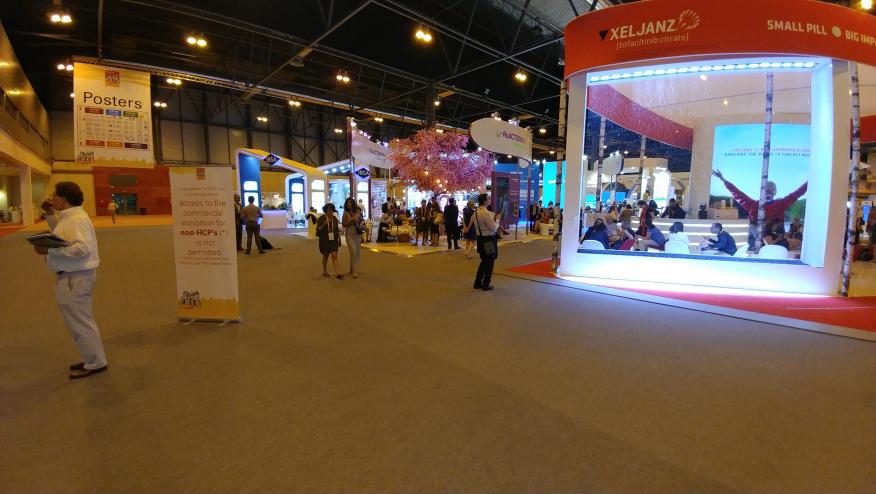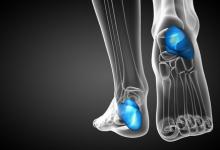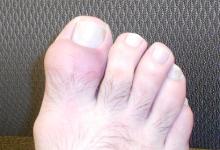EULAR 2017 – Day 2 Highlights Save

The heat was on at EULAR 2017 for busy presenters and attendees navigating the 104F degree temperatures at the indoor/outdoor IFEMA Convention center in Madrid.
Day 2 (Thursday) were big days for gout, drug safety, psoriatic arthritis and spondyloarthritis.
Gout
- Dr. Gurkipal Singh presented a nationwide analysis of gout hospitalizations in the USA. HE found that hospitalization rates have continued to steadily climb, suggesting that gout is a systemic disorder with significant comorbidities. The increasing rate reflects both the increasing frequency of gout cases and is also evidence that we are not adequately treating or preventing gout (THU0409).
- Dr. Brian Mandell’s abstract looked at tophus resolution from patients in the pegloticase clinical trials. They assessed tophus volume serially in 952 tophi and showed a significantly higher rate of tophus resolution velocity (50mm/month) in responders compared to nonresponders or those on placebo. Moreover, time to tophus resolution on pegloticase was between 11-12 months (THU0416).
Safety
- The ARTIS registry updated its evaluation of cancer risk, but this time with all the biologics under consideration. This included 22,494 RA patients on biologics that were individually analyzed, 1st or 2nd TNF inhibitor, along with tocilizumab, abatacept or rituximab. Cancer rates were compared to RA patients only on DMARDs (46,610) and a general population control (107,491). They found no increased risk for solid cancers or hematologic cancers with adjusted hazard ratios for all biologics being close to 1 (0.9). The only abnormality seen was a significantly higher rate of first every squamous cell skin cancers with abatacept (HR 2.2; 95%CI 1.3-3.5). (OP0100)
- Dr. Kevin Winthrop reported on his analysis of the risk for opportunistic infections (OI) while treated with abatacept. He analyzed all the phase II and III placebo controlled trials and their long term open-label extensions and found no difference in the rate of OI between ABA and PBO (0.17 vs 0.56 OI/100 PY). Similarly, there was no increase in herpes zoster cases while on abatacept (1.38 HZ/100 PY) with a rate similar to that seen with RA alone or with TNF inhibitor therapy. (OP0101)
- A report from the BSRBR showed that recurrent serious infections in 21,943 RA patients were higher in those with sepsis, the elderly and those with polypharmacy. (OP0153)
Psoriatic Arthritis
- SPIRIT-P2 study was presented by Dr. Peter Nash. This was a phase III 363 TNF-IR PsA, 24 weeks study were patients were randomized to receive either placebo or ixekizumab (IXE) – an IL-17a inhibitor, that is highly effective and approved for use in psoriasis. The 24 weeks were impressive for ACR20/50/70 response rates, HAQ, PASI75 and dactylitis results. Yet there was no response to the enthesitis which was present in nearly 60% of patients from the outset. Reasons for this shortfall are unclear but may related to previous treatment with either 1 or 2 TNF inhibitors.
- OPAL – Dr. Dafna Gladman presented the 6 month results of 5 or 10 mg bid tofacitinib (or placebo) given to TNF-IR patients. The ACR 20/50/70 results were as expected and while the HAQ, enthesitis and dactylitis scores were significantly better than placebo, the PASI75 results were less impressive. Thus, while the drug works well in PsA, its capabilities in psoriasis remain to be proven.
ADD THE FIRST COMMENT
Disclosures
The author has received compensation as an advisor or consultant on this subject







If you are a health practitioner, you may Login/Register to comment.
Due to the nature of these comment forums, only health practitioners are allowed to comment at this time.